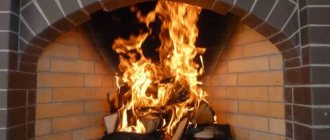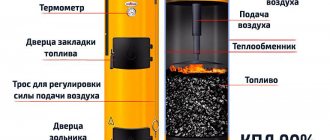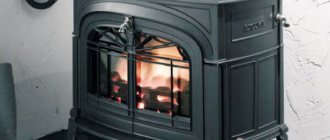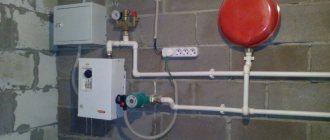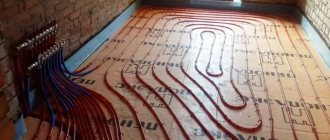A home fireplace will delight you with warmth, a stove in a kitchen or bathhouse will light up faster, and an outdoor fire will burn well only if you choose the right fuel for it. Firewood is one of the most common combustible materials for household use. The choice of wood type depends on the purpose of use. For example, if it is important to light a fire without problems or the goal is to obtain an even, beautiful flame, birch logs would be the best choice. When you need to get a “clean” combustion, the stove is heated with alder - such wood burns with virtually no soot or smoke. And the branches of fruit trees will give a pleasant aroma. But there is another important criterion for choosing logs - their size. So what is the optimal size of wood for a stove or fireplace?
Technical requirements
1.1. The dimensions of firewood are set: length - 0.25; 0.33; 0.50; 0.75; 1.00 m; thickness - from 3 cm or more; maximum length deviation ± 0.02 m.
At the consumer's request, firewood of multiple lengths is allowed. In this case, maximum deviations in length are set from -0.05 to +0.10 m. Firewood of multiple lengths is not allowed for the population.
Note. Firewood of multiple lengths was allowed for the population until 01/01/91.
1.1.1. Firewood with a length of 1 m or less and a thickness of 16 to 26 cm must be split into two parts, with a thickness of 28 to 40 cm - into four parts, with a thickness of 42 cm or more - into the number of parts at which the largest split line is along the end of any part would not exceed 22 cm. 1.2. External rotten rot is not allowed in firewood.
Heartwood and sapwood rot are allowed in a size of no more than 65% of the end area. The amount of firewood with rottenness from 30 to 65% of the end area should not exceed 20% of the batch volume, and when using firewood at enterprises of the USSR Ministry of Forestry, up to 40% of the batch volume is allowed.
1.2.1. Firewood is divided: according to tree species, depending on the calorific value, into three groups: 1 - birch, beech, ash, hornbeam, elm, elm, maple, oak, larch; 2 - pine, alder; 3 - spruce, cedar, fir, aspen, linden, poplar, willow; according to the homogeneity of rocks - into homogeneous and mixed.
Firewood made from wood species classified into one of the groups is considered homogeneous, while firewood made from wood species of different groups is considered mixed.
1.2.2. Firewood from oak wood is harvested only in cases where it is not possible to use this wood for the production of tanning extracts. 1.2.3. Firewood must be cleared of branches. The height of the remaining branches should not exceed 30 mm. 1.2.4. Firewood can be either in bark or without bark.
Acceptance
2.1. Firewood is accepted in batches. A batch is considered to be any quantity of firewood documented in one document certifying its compliance with the requirements of this standard.
Firewood chopped in a grid
2.2. The document must indicate: the name of the department or organization in whose system the supplier enterprise is included; name of the supplier and its location; homogeneity of firewood and the ratio of different groups in mixed firewood; volume of a batch of firewood in a dense measure (cubic meters); when accepting firewood by mass - the mass of the batch in tons and the moisture content of the wood; designation of this standard. 2.3. Acceptance rules - according to GOST 2292 with the following changes: the batch is subject to acceptance if the amount of firewood in the sample that does not meet the requirements of this standard is no more than 5%.
What is a fuel briquette?
What types of fuel briquettes are there? You can read on a separate page about fuel briquettes and eurowood, what they are like, and what they are made from.
If you are interested in laying stoves, fireplaces, barbecues, summer kitchens, go to the contacts page and call the stove maker
We went to Finland in 2008, where we took a photo right in the Finnish forest. Attaching photo

